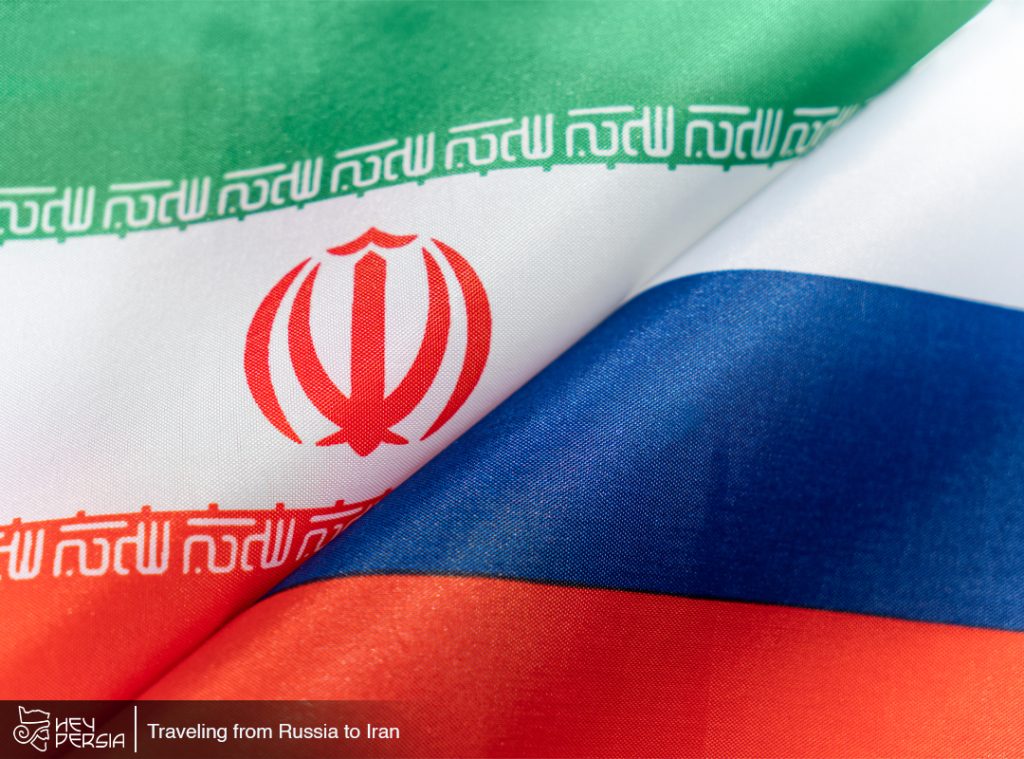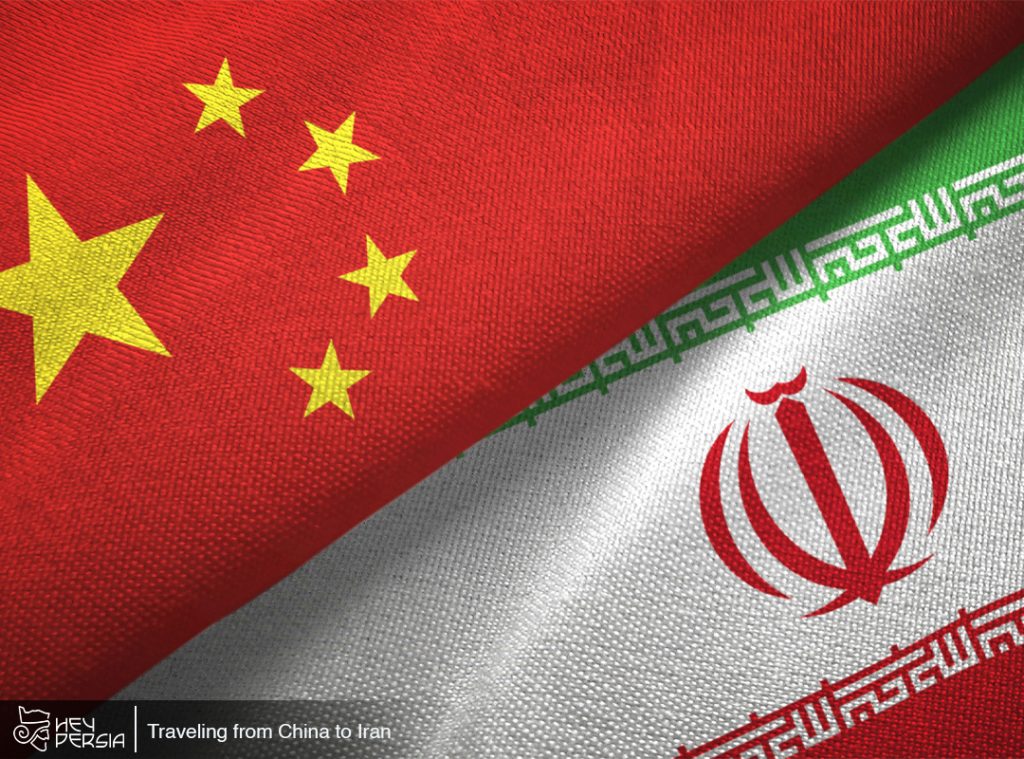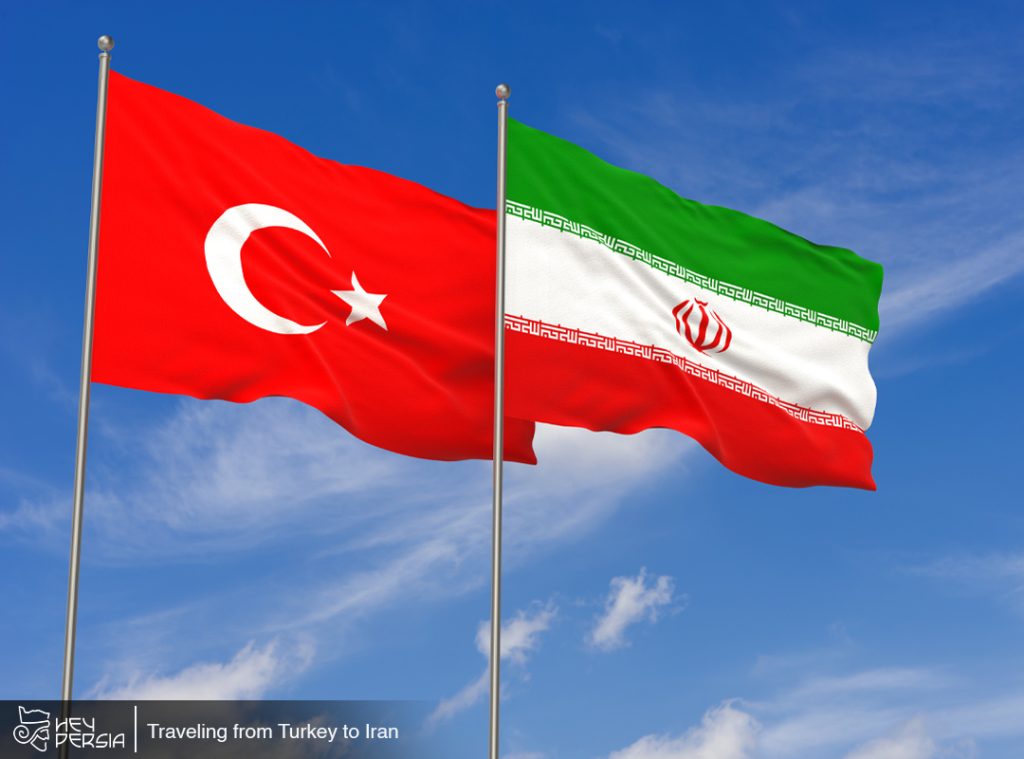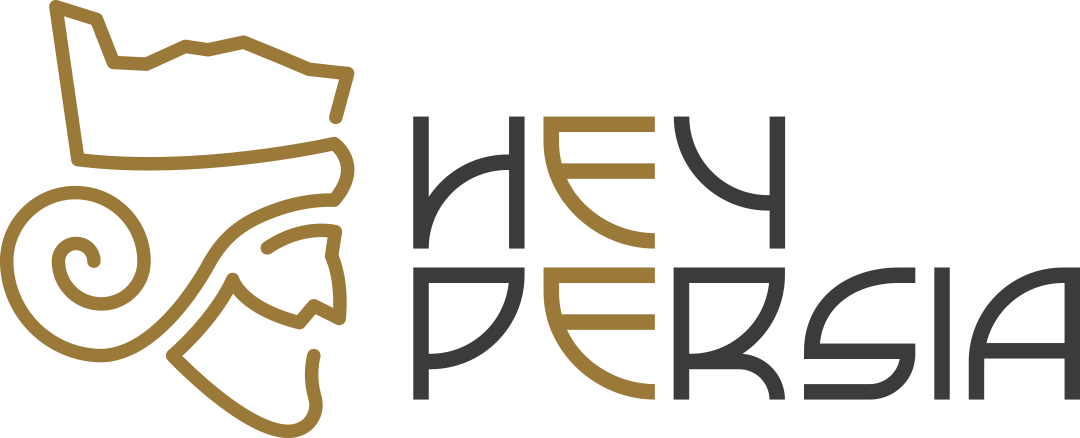Breakfast in Iran bursts with vibrant flavors, fresh ingredients, and centuries-old traditions. It reflects Persia’s rich history, diverse landscapes, and cultural influences. Additionally, From hearty breakfasts to elaborate dinners, Iranian food celebrates community, hospitality, and creativity. This article of Hey Persia, explores the delights of a traditional Persian breakfast and the broader world of Iranian cuisine.
Table of contents
Breakfast in Iran: A Wholesome Start
Generally, An Iranian breakfast fuels the day with warmth and nourishment. For example, Families gather around the table, sharing dishes that blend simplicity with bold flavors. Above all, Fresh ingredients and time-honored recipes define this morning ritual.
Key Components of a Persian Breakfast

Iranians craft their breakfasts with care, prioritizing quality and variety. Common elements include:
- Fresh Bread (Nan): Bakeries churn out hot, fluffy breads like sangak, a chewy flatbread baked on pebbles, or barbari, a crusty, sesame-seed-topped loaf. People tear the bread into pieces and pair it with spreads or cheeses.
- Feta Cheese: This tangy, crumbly cheese adds a salty kick. Diners often pair it with herbs, walnuts, or a drizzle of honey.
- Butter and Jam: Creamy butter and sweet jams, like rose petal or sour cherry, create a perfect balance on warm bread.
- Eggs: Cooks prepare eggs in various styles, such as kuku sabzi, a herb-packed frittata, or simple fried eggs seasoned with spices.
- Tea: Iranians sip strong, aromatic black tea, often brewed in a samovar. They serve it in small glass cups, sometimes with sugar cubes or saffron-infused rock candy.
- Halva: This sweet, sesame-based treat occasionally graces the table, offering a rich, nutty contrast to savory items.
Families customize their breakfasts based on region and preference. In colder areas, people might add hearty soups or porridges, while coastal regions incorporate fish.
Cultural Significance
Breakfast in Iran fosters connection. Families linger over the meal, chatting and sharing stories. Additionally, The spread reflects hospitality, with hosts ensuring guests feel welcomed and well-fed. Seasonal ingredients, like fresh herbs or ripe fruits, tie the meal to the land and its rhythms.
Iranian Cuisine: A Tapestry of Flavors
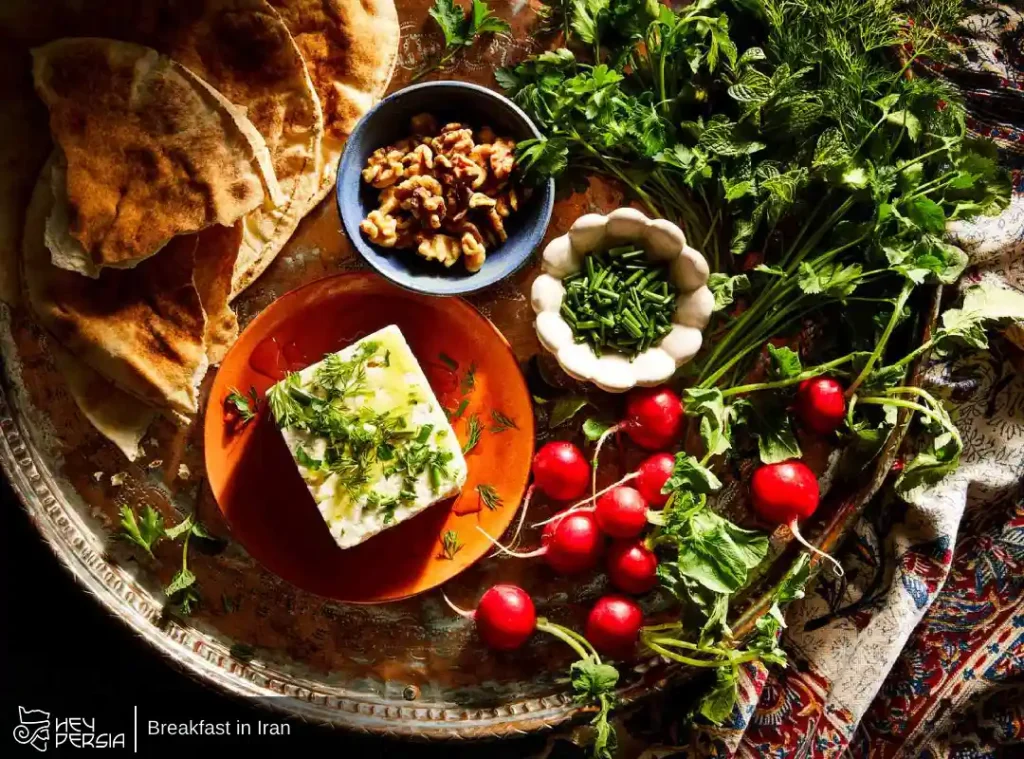
Beyond breakfast, Iranian cuisine weaves together bold spices, fragrant herbs, and meticulous techniques. Moreover, It draws from Persia’s ancient trade routes, blending influences from Central Asia, the Middle East, and beyond. Every dish tells a story of culture and craftsmanship.
Staple Ingredients
Iranian cooks rely on a vibrant pantry to create their masterpieces of Breakfast in Iran:
- Rice: Fluffy, saffron-scented rice forms the backbone of many meals. Chefs perfect dishes like tahchin, a golden-crusted rice cake layered with yogurt and meat.
- Herbs: Parsley, cilantro, dill, and mint add freshness. Cooks use them in stews, salads, and yogurt dips.
- Spices: Saffron, turmeric, cinnamon, and sumac lend depth and color. Saffron, especially, elevates dishes with its floral aroma.
- Fruits and Nuts: Pomegranates, dried apricots, almonds, and pistachios bring sweetness and crunch. Additionally, They appear in both savory and sweet dishes.
- Meat: Lamb, chicken, and beef star in kebabs and stews, often slow-cooked with fruits or spices for complexity.
Vegetarian options abound, with lentils, eggplants, and beans taking center stage in many recipes.
Iconic Dishes other than Breakfast in Iran
Generally, Other than Breakfast in Iran, Iranian cuisine shines through its diverse dishes, each with regional flair:
- Ghormeh Sabzi: As an example, This herb-rich stew combines lamb, kidney beans, and dried limes for a tangy, savory flavor. It’s a national favorite.
- Fesenjan: A luxurious stew of chicken, walnuts, and pomegranate molasses, fesenjan balances sweet and tart notes.
- Kebabs: Above all, Grilled skewers of marinated meat, served with rice and charred tomatoes, showcase Iran’s love for bold, smoky flavors.
- Ash Reshteh: A hearty noodle soup packed with beans, herbs, and yogurt, often enjoyed in winter or during celebrations.
- Baklava: This layered pastry, filled with nuts and soaked in rosewater syrup, satisfies sweet cravings.
Dining Traditions
Iranians approach dining with reverence. Moreover, Meals often unfold slowly, with multiple courses served on a sofreh, a cloth spread on the floor or table. Sharing is central—diners pass dishes and encourage second helpings. Festivities like Nowruz, the Persian New Year, feature elaborate spreads with symbolic foods like sabzi polo (herb rice) and fish.
Breakfast in Iran
Finally, Persian breakfast and Iranian cuisine offer a window into Iran’s soul. Breakfast in Iran, with its warm bread, tangy cheese, and fragrant tea, sets a joyful tone for the day. Meanwhile, the broader cuisine captivates with its intricate flavors and heartfelt traditions. To sum up, Whether savoring a simple breakfast or a lavish stew, Iranians celebrate food as a bridge to community and heritage. At Hey Persia, we offer these delicious cuisine in our tours.


